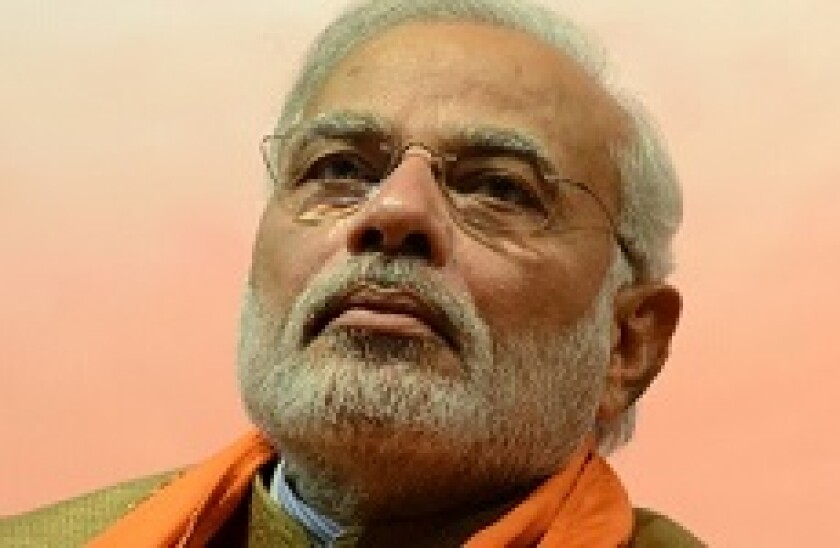Debt bankers would certainly welcome a bumper year from India, following the dearth of dollar issuance from the country last year. In 2018 just 12 borrowers visited the market, raising $6.38bn, a remarkable drop from the $16.47bn raised in 2017.
Indian issuers do seem to be on course for a revival, with three corporations and one bank already raising a combined $3.2bn since the start of the year. The rarity of the Indian bonds has played well with investors so far, and all of the year’s Indian bonds are trading between 15bp-25bp tighter in the secondary market.
This is a stark contrast to the tail end of 2018, when state-owned Power Finance Corp sold a $500m 6.15% 2028 bond that dragged in the market, despite its generous pricing. There is little sign of secondary support for Indian names waning, making a resurgence seem all the more likely after such a slow 2018.
But there are other factors at play that could severely dampen supply from Indian issuers, both public and private. Forget about the risk of a trade war between China and the US. Forget about volatility in the equity and bond markets, which always feels only one bad headline away. Forget even about the possibility that the Federal Reserve might actually raise rates more than once this year (everyone else has). The real risks for India are closer to home, coming mainly from a political situation which promises short-term volatility at the same time as raising long-term questions which could damage international investor sentiment towards the country.
India’s general election, due to take place in April or May, is weighing on potential supply. Prime minister Narendra Modi’s Bharatiya Janata Party (BJP) is facing stiff competition from a newly-confident Congress Party, led by Rahul Gandhi, scion of a family that has ruled the party for generations. The election promises much grandstanding. Both sides have already accused the other of corruption.
The election adds uncertainty to a bond market that needs no more excuses to feel jitters.There is a good chance it will drag on issuance from state-owned credits, a big source of dollar bond supply from the country. Indian Oil Corp, Bharat Petroleum Corp, State Bank of India and Oil India are the four Indian issuers to have tapped the market this year — and all are government linked. The Export Import Bank of India is also reportedly looking to raise $2bn in bonds this year. But after the election, expect the public sector to dry up for at least a few months.
Private companies have been entirely silent so far this year. India's privately-owned companies have never been the most active in the international bond market, but a combination of green bonds and jumbo deals from the likes of Tata Steel have ensured there have at least been deals to get excited about. But syndicate bankers say there will be no pipeline from India's private sector before the election.
A longer-term drag is going to come from rising questions about the independence of the Reserve Bank of India, the country’s central bank. At the end of last year, Urjit Patel resigned as governor after a prolonged argument with the government over the direction of interest rates (the government wanted them lower, he wanted to keep them on hold). Patel was replaced by former economic affairs secretary Shaktikanta Das, who duly cut interest rates in early February.
That will not, in itself, discourage issuers from tapping the market but it could push up their funding costs, especially among public sector borrowers. Since they already enjoy strong support from bank lenders in the domestic and international markets, they may decide that bonds are not the best solution for their funding needs.
None of this means dollar bond issuance from India is off the table. There will certainly be sporadic deals. But offshore bond issuance from India has so often disappointed. This year it looks likely to continue that trend.
